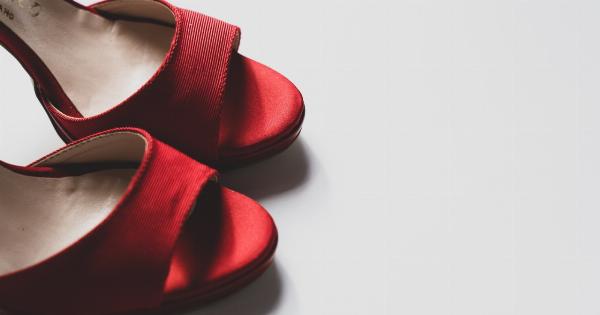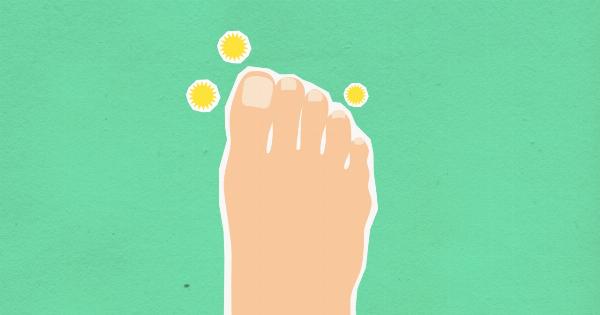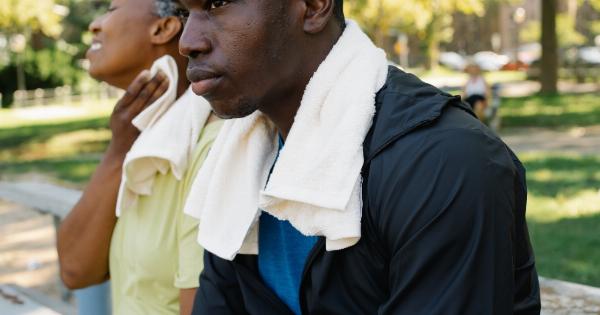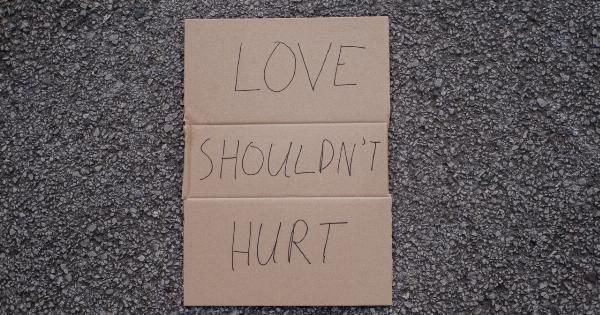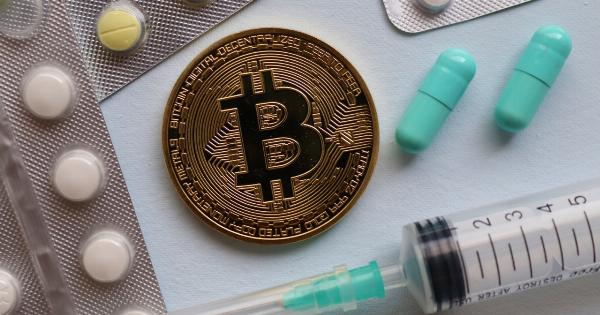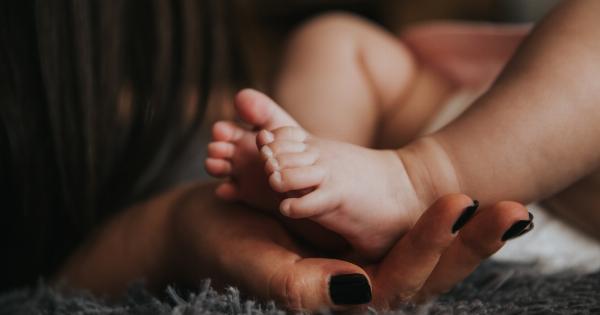Over the past decade, beards have made a major comeback in popular culture. From celebrities to everyday individuals, sporting a beard has become a symbol of masculinity and style.
However, while having a beard may make a fashion statement, it is essential to acknowledge that facial hair comes with potential risks and hazards that may not always be immediately apparent.
1. Bacterial Infections
A beard can potentially harbor harmful bacteria and germs due to its ability to collect dirt, food particles, and dead skin cells.
Poor maintenance can lead to bacterial infections such as folliculitis, which cause painful, itchy, and inflamed hair follicles. In severe cases, these infections may require medical intervention.
2. Allergic Reactions
Beards can provide a perfect breeding ground for allergens such as pollen, dust mites, and pet dander.
Those with underlying allergies or respiratory conditions can suffer from allergic reactions when such allergens come into contact with their facial hair. Symptoms may include itchiness, redness, rashes, and difficulty breathing.
3. Skin Irritation
Wearing a beard can cause skin irritation and discomfort, especially for individuals with sensitive skin. The constant friction between the facial hair and the skin can result in dryness, itchiness, and even inflammation.
It is necessary to use appropriate grooming products and moisturizers to mitigate these effects.
4. Occupational Hazards
For individuals working in industries such as healthcare, food services, or manufacturing, having a beard can pose certain risks.
A beard can interfere with the proper fitting of respiratory masks or other protective equipment, compromising the safety and effectiveness of such gear. It may also increase the chances of contamination during food handling.
5. Fire Hazards
Another danger associated with having a beard is the increased risk of fire hazards. Lengthy facial hair can easily catch fire when exposed to open flames, candles, or sparks.
It is crucial to exercise caution and keep the beard adequately trimmed, especially in environments where fire hazards are commonplace.
6. Transmission of Germs
In situations where proper hygiene practices are not followed, beards can act as a medium for the transmission of germs. When individuals touch their beards with unwashed hands, they can transfer bacteria or viruses to the facial hair.
This can lead to the spread of illnesses, especially in crowded environments or close personal interactions.
7. Difficulty in Mask-Wearing
With the global COVID-19 pandemic, mask-wearing has become a crucial practice to prevent the transmission of the virus.
However, individuals with beards may face challenges in achieving a proper seal with masks, reducing their overall effectiveness in protecting against airborne infections.
8. Poor Air Circulation
Having a full beard can impede the airflow to and from the face, particularly during physical exertion or hot weather conditions.
This reduced air circulation can result in discomfort, excessive sweating, and even heat-related illnesses like heat exhaustion or heat stroke. Regular trimming and grooming can help alleviate this issue.
9. Difficulty in Proper Cleaning
Cleaning a beard thoroughly requires time and effort. If not done correctly, it can lead to the accumulation of oils, dirt, and product residue.
Failure to maintain proper hygiene can contribute to various skin conditions, including acne, fungal infections, and bad odor.
10. Social Perception
While this may not be a direct safety concern, it is worth mentioning the potential social perception and stereotypes associated with beards.
Depending on the culture or environment, individuals with beards may experience prejudice or negative perceptions, which can affect various aspects of their personal and professional lives.
Conclusion
While having a beard may be a personal choice and a fashion statement, it is essential to understand the potential risks and hazards that come with facial hair.
From bacterial infections to fire hazards and occupational concerns, it is necessary to prioritize proper grooming, hygiene, and safety precautions to mitigate these risks effectively. By addressing these issues and taking necessary measures, individuals can enjoy the style and confidence a beard brings while prioritizing their well-being.







